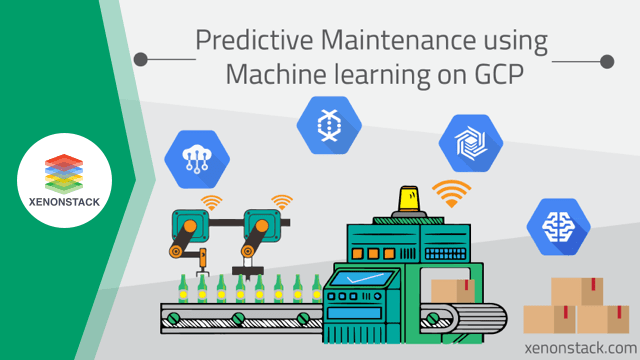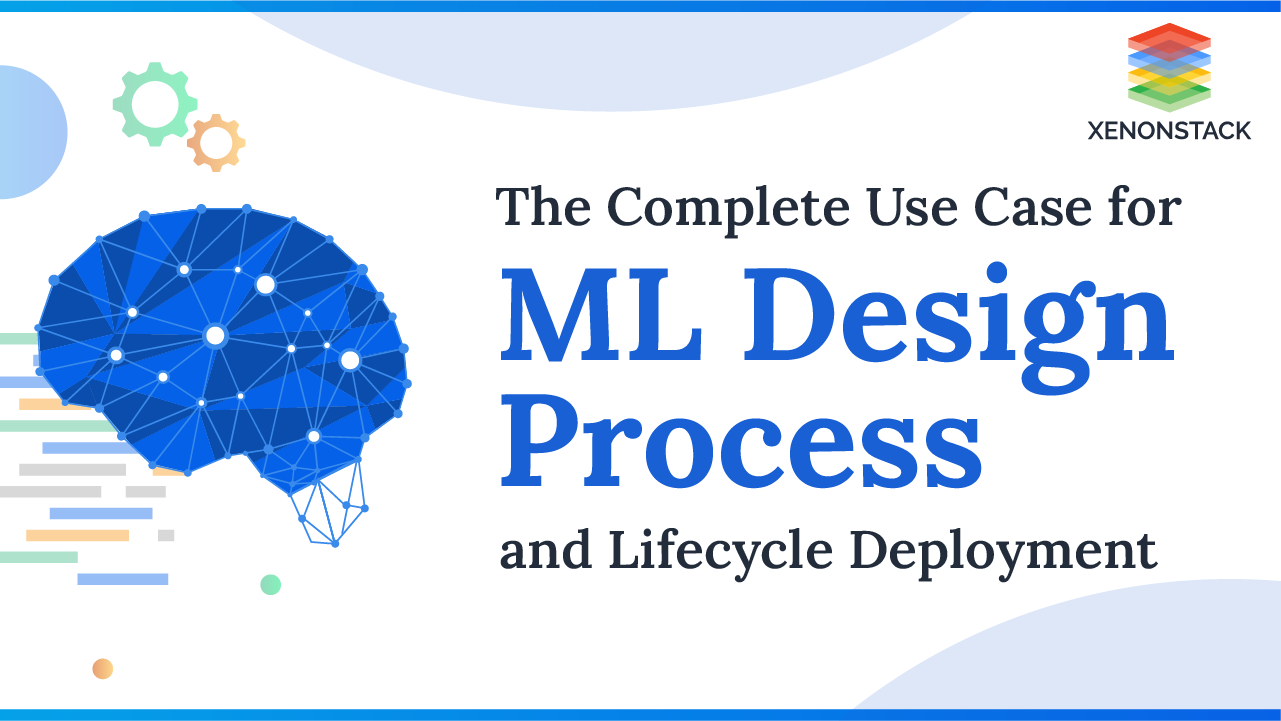
AI-Driven Chipsets in Smart Living
AI-optimized chipsets are crucial enablers of Edge AI technology. These chips are designed to process AI algorithms more efficiently, with less power consumption and smaller physical footprints. This makes it possible for even small smart devices to handle complex tasks that previously required cloud computing.
For example, Sony is developing a hybrid technology that combines an image sensor and an inbuilt AI processing system. This technology lets a device begin processing images locally before sending them to the main processor, dramatically improving response times and much-reduced bandwidth needs. By integrating AI into chipsets, smart home devices can make decisions—like adjusting temperatures, alerting security threats, or even responding to voice commands—without sending data to the cloud.
The role of AI-optimized chipsets extends further with the introduction of advanced processors like AMD’s MI300X, designed specifically for AI systems. The MI300X chip is based on a distributed AI system comprising 12 chipsets, including 4 I/O dies and 8 accelerator dies, enabling efficient data processing by funnelling it to where it is best handled. Alan Smith, senior fellow and Instinct lead SoC architect at AMD, explains, “Generative AI model performance requires memory capacity and bandwidth.” To meet these needs, the MI300X offers an integrated architecture that combines fourth-generation Infinity Fabric, PCI Express Gen 5, HBM3, and CDMA3. This integration provides balanced scaling across compute, memory, and I/O subsystems, delivering the performance required for modern smart home applications, where both power efficiency and data processing capabilities are critical.
A New Era for IoT Bandwidth, Latency, and Security
-
Bandwidth Efficiency: Smart devices that process data at the edge can reduce bandwidth consumption, as they no longer need to send large volumes of data to remote servers. For example, connected security cameras could stream ultra-high-definition video at a lower cost by processing footage locally before sending only relevant data, such as motion alerts, to the cloud. This makes video surveillance more affordable and efficient.
-
Lower Latency: Data processing takes place locally alongside the source, which reduces latency. Smart devices such as voice assistants or induction stoves can respond instantly to the user’s command. The critical part of this is the near-instant response time provided for those milliseconds that matter in real-time home automation (change lighting thanks to occupancy or environmental conditions) or for emergency alert systems.
-
Enhanced Security: In the connected world, security is a major issue, and Edge AI reduces those risks. Processing data locally means that edge devices process the time-sensitive information, travel less, reducing the probability of data interception. For the devices that play host to the sensitive data, smart cameras with the ability to record both audio and video are especially important. This data is processed locally, meaning it does not leave the home without the user’s consent, providing a harder layer of protection for consumer privacy.
Key Applications of Edge AI in Smart Home Automation
- Smart Lighting
Edge AI is used in smart lighting systems to adjust light levels based on environmental factors like time of day or occupancy. For instance, a system powered by Edge AI can dim the lights in a room when it detects that no one is present or brightens them when someone enters. This enhances convenience and energy efficiency and can even help create personalized lighting scenes for various activities, such as reading, dining, or watching movies.
Advantages of Edge AI for Home Automation
-
Real-time Processing and Speed: Edge AI enables devices to make instant decisions, improving response times for tasks like adjusting temperature or controlling lighting without delays.
-
Enhanced Privacy and Security: Local data processing ensures sensitive information, such as video footage or voice commands, stays within the device, reducing privacy risks and preventing data breaches.
-
Reliability and Resilience: Edge AI allows devices to function independently of internet connectivity, ensuring continued operation even during network outages and enhancing the reliability of smart home systems.
-
Energy Efficiency: By minimising data transmission to the cloud, Edge AI reduces energy consumption and lowers the environmental impact, making devices more efficient and eco-friendly.
Overcoming Edge AI Hurdles in Smart Homes
While Edge AI offers numerous advantages, it does not come without challenges:
The Path Ahead for Edge AI in Homes
The future of smart home automation appears incredibly promising as edge AI evolves. Federated learning and on-device model training can help smart home devices become more intelligent and adapt to user preferences and changes in the environment. So, with federated learning, you can collaborate, which doesn’t require exchanging raw data, and learn and improve together without exposing any of your privacy.
In addition, advancements in AI chipsets and low-power processors will allow even more sophisticated AI algorithms to run locally on smart home devices, making them smarter and more efficient. As AI technologies progress, the scope for new applications in home automation is virtually limitless.
.webp?width=1921&height=622&name=usecase-banner%20(1).webp)
 Fig. 1 .1 Edge AI Architecture
Fig. 1 .1 Edge AI Architecture 





